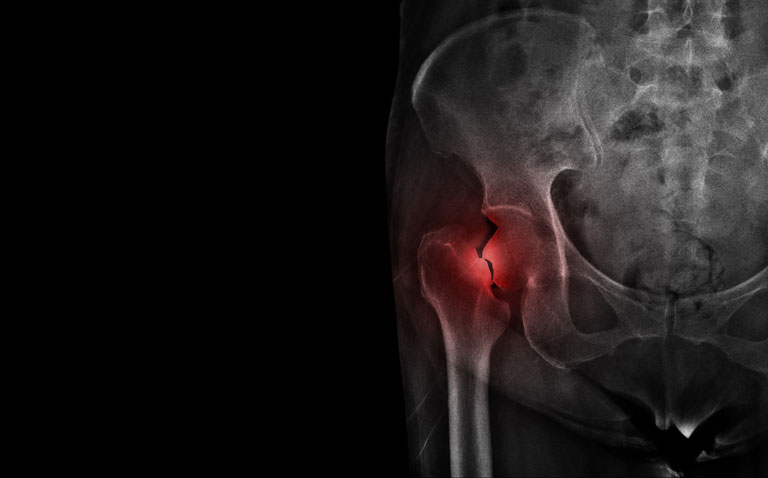A wealth of clinical data supports the use of bisphosphonate therapy as means of reducing osteoporotic fracture risk. Whether this efficacy is maintained over a longer timeframe is uncertain.
The use of bisphosphonates for 3 to 5 years is associated with a significant reduction in osteoporotic fracture risk. However, it remains unclear whether this reduction in risk is sustained if patients continue with therapy for more than 5 years. In a retrospective analysis of data contained in the Kaiser Permanente Northern and Southern California healthcare databases, a team from Kaiser Permanente, sought to determine if bisphosphonate therapy for up to 10 years offered continued protection against fractures. The team included women given alendronate, risedronate or ibandronate, aged 45 to 80 years at the start of bisphosphonate therapy. The analysis commenced after women had been prescribed treatment for at least 5 years and which the authors referred to as the index date. For the purposes of the analysis, participants were split into one of three groups: those who discontinued treatment after the index date; those who continued with treatment for a further 2 years and a final group who continued for 10 years (i.e., 5 years after the index date). In addition, for the first two groups, a grace period of 6 months was allowed, meaning that discontinuation could occur within the first 6 months of the index date or in the 6 months after the 2 years of follow-up treatment. The primary endpoint of the study was a proximal femur (i.e., hip) fractures recorded by a hospital discharge diagnosis.
Findings
Data were available for a total of 29,685 women with a median age of 71 years and of whom, 17,778 (60%) were non-Hispanic White. Overall, 8224 (28%) of women had experienced any kind of fracture prior to the index date including 666 (2%) with a hip fracture. There were 507 incident hip fractures over the 5-year follow-up period. The 5-year cumulative incidence of hip fractures were 23, 20.8 and 26.8 per 1000 individuals for women stopping therapy after the index date, 2 and 5 years respectively and these differences were not significantly different. Interestingly, among women who discontinued treatment after 2 years with a grace period, there was a lower fracture risk compared to continuing for 5 years although the overall 5-year risk differences for these women were not significantly different to the other groups.
The authors were unable to account for these findings and suggested that future studies should examine whether there is a true benefit from stopping after only a further 2 years of therapy.
Citation
Izano MA et al. Bisphosphonate treatment beyond 5 years and hip fracture risk in older women. JAMA Netw Open 2020 doi:10.1001/jamanetworkopen.2020.25190










